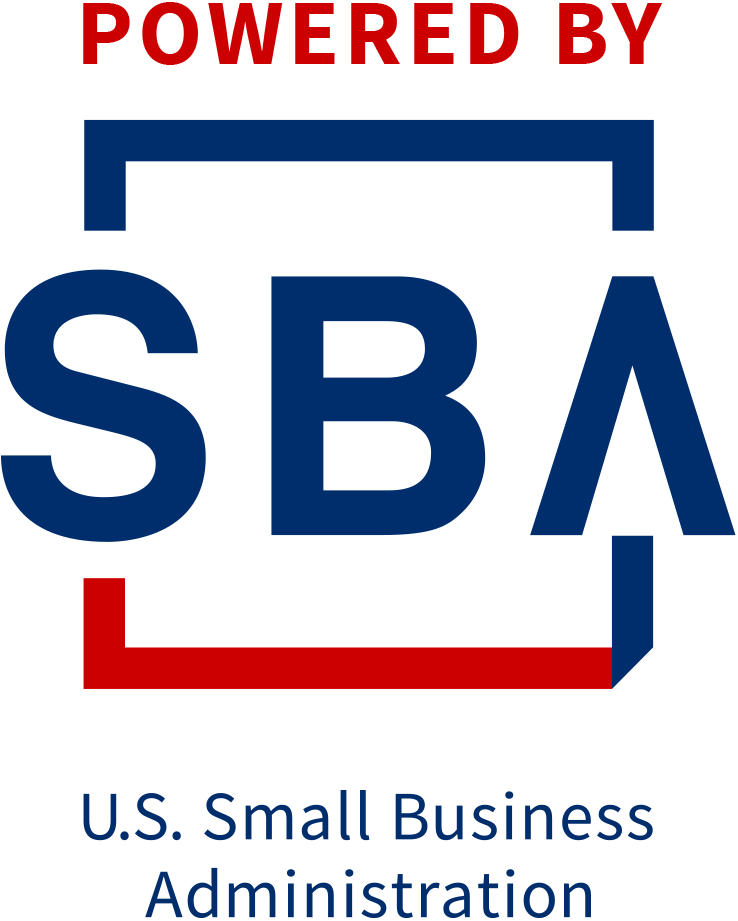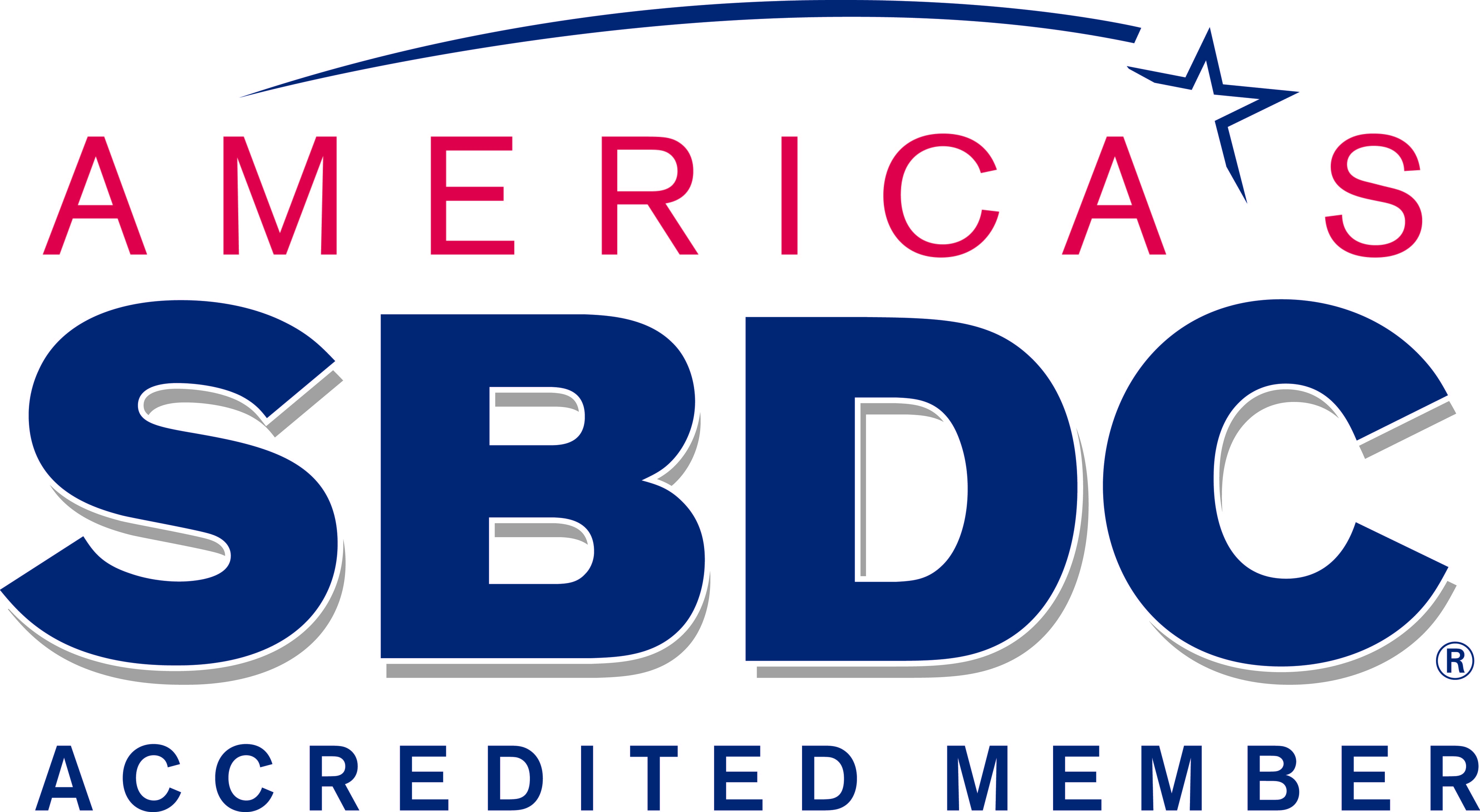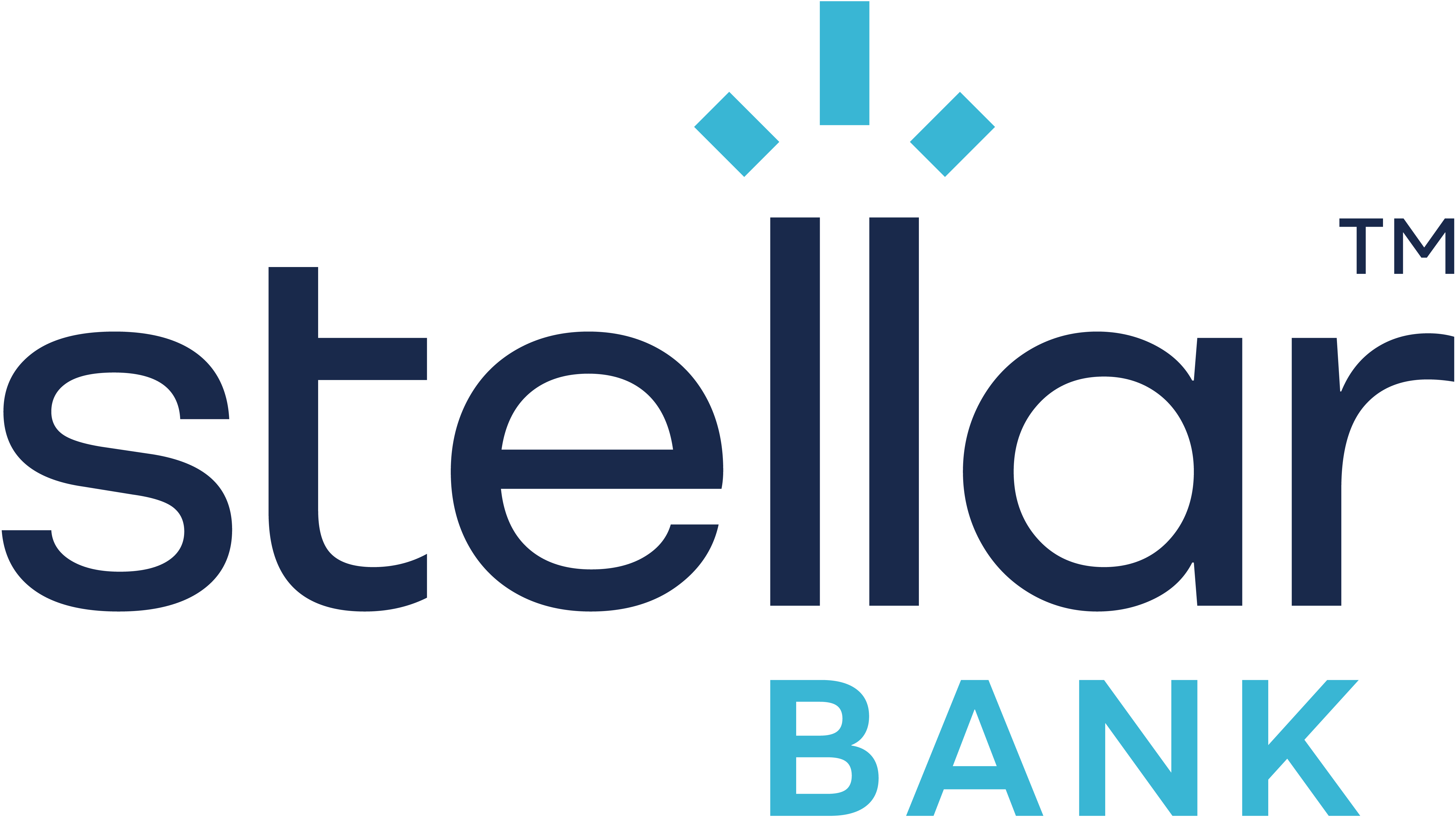.png)
5 Tips to Boost Your Business for Fall
For many small business owners, the fall is perhaps the most critical time of year for revenue growth. With the possible exception of retailers - whose largest season is the holidays - and restaurant/hospitality businesses that generates maximum revenue during the summer vacation period, nearly every other small business finds itself aiming for growth during the fall.
Fall is when prospects return from vacations, kids go back to school, and customers are ready to talk about their needs and plans for the future. That’s why the months of September, October and November are so critical.
So, how do you begin preparing now to harness opportunities this fall and maximize your potential for growth? Here are five steps you can take to hit the ground running during the essential selling period between Labor Day and Thanksgiving:
1. Set Up a CRM System
Perhaps the most valuable first step you can take right now is to set up a Customer Relationship Management (CRM) system for your small business. This database will contain the names, titles, companies and contact information for all of your essential business contacts, including customers, prospects and partners.
There are many product options available in the marketplace, from small-business-friendly free or “freemium” offerings such as Hubspot CRM and Zoho CRM, all the way up to enterprise-class products like Salesforce.com, Microsoft Dynamics CRM and Oracle. All of these products will offer a common range of core capabilities including contact management, opportunity and pipeline tracking, communications integration (to track emails, phone calls and meetings), and reports. Taking this step first will allow you to ‘hit the ground running’ with an organized database and a powerful approach.
2. Meet With Your Best Partners
While the fall is when you need to focus on meeting with prospects, there’s no reason you can’t use the summer to meet with key partners and close-in friends of the firm. Connect with vendors, referral sources and other parties who can potentially refer you business. Use this time to refresh them on the opportunities they can pursue by partnering with you, as well as updating them on your own capabilities and services. Consider putting together a brochure or data sheet with key points about your firm such as a list of your capabilities; names of key customers (if you’re in the B2B market); and information on your ‘best fit’ prospect profile.
3. Sharpen Your Focus
In a small business, it’s tempting to go after every opportunity that shows up. After all, cash is king – so why leave any on the table? The answer is that an unfocused growth strategy is no strategy at all, because you can’t scale a company that doesn’t have a clear focus. In addition, a lack of focus makes it harder to close new sales, because prospective customers have a harder time believing that you are an expert in meeting their particular needs. That’s why you should use this time during the summer to really hone in on your best possible strategies for growth. If you’ve been historically offering ‘any service the customer asks for’, consider narrowing your offerings down to a set that makes sense and is most profitable. Other ways to sharpen your focus including narrowing your target geography, zeroing in on a specific demographic, or developing a new product or service that meets very specific needs.
4. Develop a New Offering
Speaking of new products or services, the summer is a great time to develop something new in this area. If you’ve been selling a range of customer-specific services, consider organizing them into packages (many businesses create three versions, following the ‘good-better-best’ model). If you sell products, look at how you can bundle them together or mix in support services (for example, if you run a roofing contractor, consider offering the option of a single package that includes both a new roof and an annual maintenance agreement to inspect, protect and repair the roof over time).
5. Prepare for Special Programs, Events and Offers.
Use this time in the summer to begin planning for what you can do in the fall to build traction and drum up new business. For example, you might want to plan out a new marketing campaign around a special offer. Or perhaps you can host a seminar series or a set of online webinars to engage with prospects in an educational setting. And you can also look at how to strengthen your referral partnerships by building a referral program that incentivizes and engages partners to bring business your way.
What these five steps have in common is a singular focus on effective preparation. Your prospects and customers can take the summer off and show up in early September to start thinking about work, but for you the summer is the most important time of the year because it gives you breathing room to reset and begin planning and executing new strategies for growth. Use these five steps as a starting point to begin building your plans for a successful fall selling season – this year and every year.
Do you need one-on-one assistance? The SBDC Network is here to help you with business growth. Find your local SBDC to meet with a business advisor.







